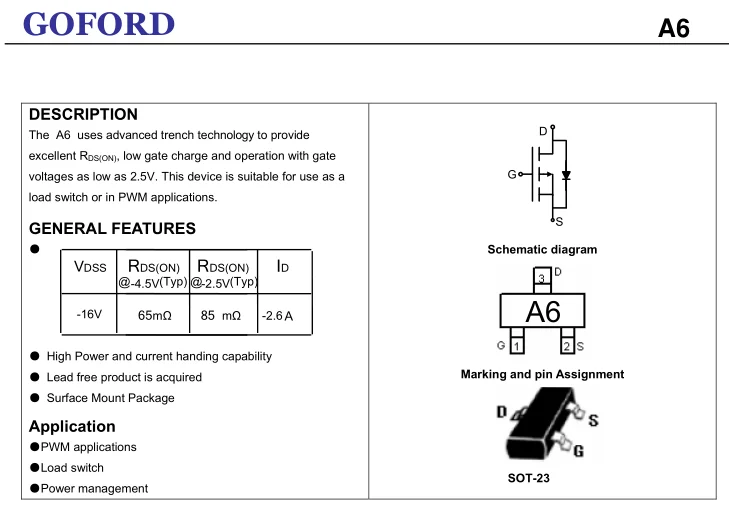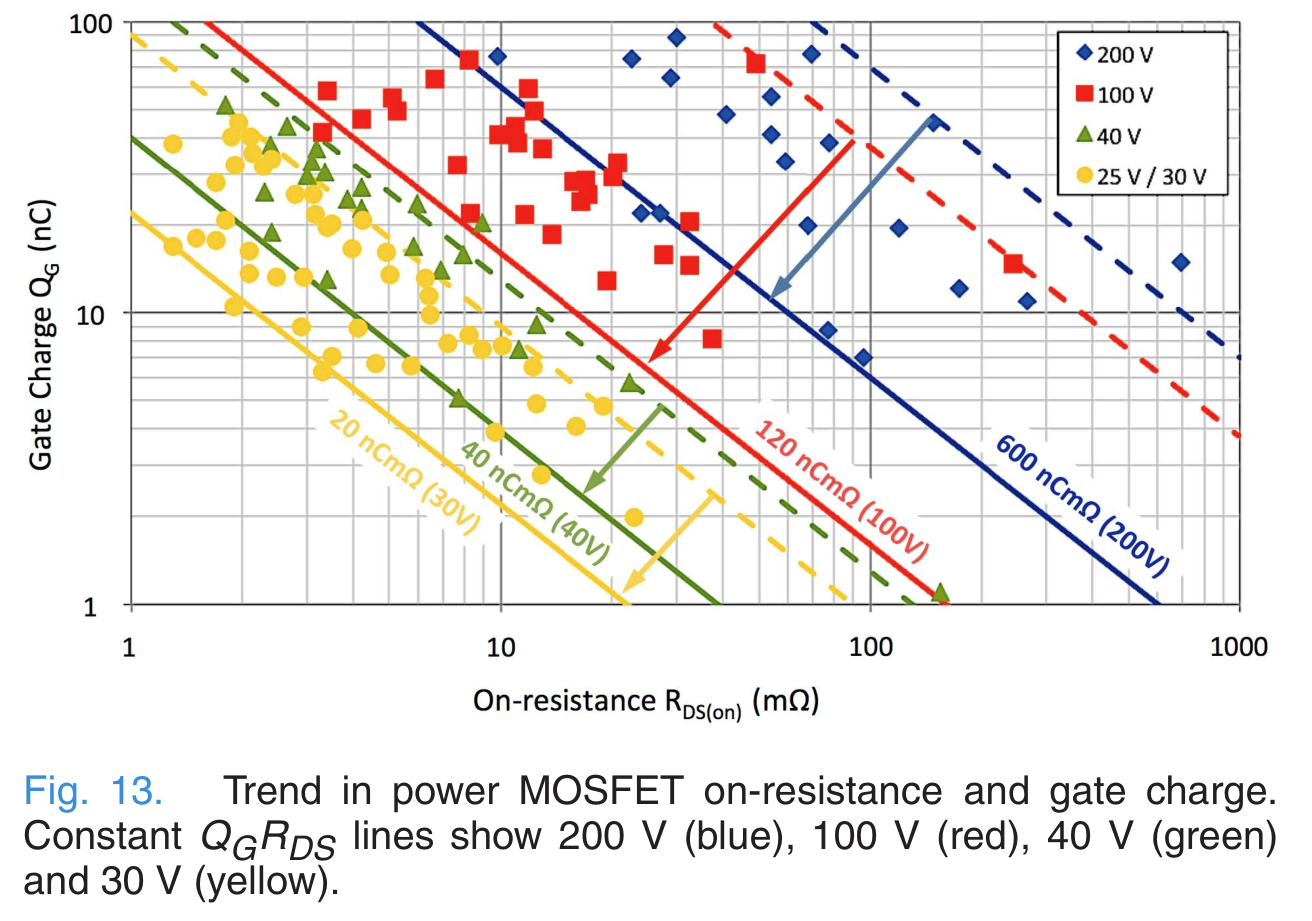作为领先的mosfet分立器件设计与供应商,新洁能致力于推广性能卓越、质量稳定并且极具价格竞争力的全系列mosfet产品。 我们为电路设计师们提供全面的产品选择,击穿电压覆盖-200V至300V,配合最先进的封装技术,为您提供100mA至400A的电流选择范围。. Alpha Power Solutions to develop and commercialize Silicon & Silicon Carbide (SiC) based power electronic devices & power modules for electrical power management and saving solutions. Automotive-qualified MOSFET packages now have even higher current capacity thanks to our PowerBond technology and offer benchmark quality in a range from 20V-800Vin diversified packages. Best-in-class RDS(on) performance for increased system efficiency. Highest current in TOLL (10x12mm 2) and sTOLL (6x7mm 2)on the market for reduced ECU module size.
All PROFET™ sub-families offer protection against overload, overvoltage, short-circuit, excessive temperature, ground loss, power supply loss and Electrostatic Discharge (ESD). Additionally, depending on the applications they were designed for (automotive, industrial, consumer, transportation and commercial vehicles and more), the PROFET™ load switch subfamilies can also protect against dynamic overvoltage such as load dump and inductive load turn-off.
To answer all your needs in power switching, we designed several sub-families:
- PROFET™+2 12V, our latest product family and our best solution for current sensing. Designed for current from 1 to 21A, it offers one of the best accuracy for load monitoring (<5%) and design flexibility. Thanks for its tiny package (TSDSO-14), it insures a low power dissipation as well as space-saving on the PCB. PROFET™+2 is automotive qualified.
- Power PROFET™ is our solution for high-current applications, from 20 A to 40A. This integrated load switch family offers a high short circuit robustness as well as enhanced thermal capabilities thanks to its power package (DPAK, D²PAK and SSOP-24). Power PROFET™ is automotive qualified.
- PROFET™+ 12V drives current from 0.5A to 11A and diagnoses with current sense. It provides a high short circuit robustness and a load dump voltage of 42V. The whole product family is pin compatible, also with PROFET™+24V family. PROFET™+ 12V is automotive qualified.
- PROFET™+24V are designed to be used for trucks, buses, as well as construction & agriculture vehicles (CAV) in harsh environment. The scalable family (12 pin-compatible devices) offers comprehensive protection functions, very fast current sense diagnostic, an extended operating voltage range and high short-circuit robustness. PROFET™+ 24V is automotive qualified.
- Classic PROFET™ 12V is our most well-established and versatile family. With more than 20 years on the market, those power ICS have proven their technical advantages and benefits. Designed for currents from 0.5A to 20A, they have a low current limitation and a high-energy capability. They also operate on an extended voltage range and count not less than 6 different packages in the family. Classic PROFET™ 12V is automotive qualified.
- Classic PROFET™ 24V is the variation of the Classic PROFET™ but for 24V applications: commercial, agriculture and transport vehicles, ABS, fuel injection, etc. Additionally to the features and benefits of the 12V family, those integrated load switches also offer a high clamping voltage (up to 75V) and a high PWM capability (the highest: 100kHz). Available in 8 different packages, Classic PROFET™ 24V can drive up to 8 channels. Classic PROFET™ 24V is automotive qualified.
- Industrial PROFET™ were designed for targeting industrial applications. Due to their outstanding energy robustness, they are perfectly suitable for switching even higher inductive loads and driving relays. Their main application areas include high-voltage applications (VBAT up to 58 V), high-speed PWM applications (up to 1 kHz) and they are most notably capable of switching higher inductances smoothly. Industrial PROFET™ are also the perfect match for applications with long wiring or any other kind of inductive loads or applications with space constraints.

LTspice Tutorial: Part 6
Creating LTspice® MOSFET models
LTspice Tutorial 4 explained that there are 2 different types of SPICE model: those defined by the simple .MODEL statement and those defined by the more complex .SUBCKT statement. The .MODEL statement defines simple components such as diodes, transistors, MOSFETs etc with a list of predefined characteristics given to us by the writers of SPICE programs. The more esoteric components such as op amps, comparators etc were defined by a more general .SUBCKT model.

When SPICE (not LTspice) was first created, the programmers gave the user a specific number of characteristics to define certain components. In the case of the MOSFET, this included the gate source turn on voltage, the transconductance, the resistance of the gate, source and drain connections etc. These are known as Level 1 parameters and define the most important parameters of the MOSFET. In later years, the MOSFET manufacturers wanted to further characterise their MOSFETs and not be restricted by the fixed list of parameters given to them by the writers of SPICE. They therefore turned to the .SUBCKT definition to allow them to expand the list of parameters. These are known as Level 2 and Level 3 parameters and describe characteristics of the MOSFET not defined in the original SPICE definition of a MOSFET. However in making the model more complicated, they slowed down the simulation time of the MOSFET.
LTspice therefore uses the simpler .MODEL statement to define the characteristics of a MOSFET. If using a 3rd party MOSFET model results in very slow simulation performance, it is probably because the model is defined using the .SUBCKT model and includes many parameters that are not necessary in getting an idea of the circuit performance.
To create an LTspice model of a given MOSFET, you need the original datasheet and the pSPICE model of that MOSFET.

The parameters needed to define a MOSFET in LTspice are as follows:
Rg Gate ohmic resistance
Rd Drain ohmic resistance (this is NOT the RDSon, but the resistance of the bond wire)
Rs Source ohmic resistance.
Vto Zero-bias threshold voltage.
Kp – Transconductance coefficient
Lambda Change in drain current with Vds
Cgdmax Maximum gate to drain capacitance.
Cgdmin Minimum gate to drain capacitance.
Cgs Gate to source capacitance.
Cjo Parasitic diode capacitance.
Is Parasitic diode saturation current.
Rb Body diode resistance.
Rg, Rd and Rs are the resistances of the bond wires connecting the die to the package.
Vto is the turn on voltage of the MOSFET.
Kp is the transconductance of the MOSFET. This determines the drain current that flows for a given gate source voltage.
Abuse for mac. Lambda is the change in drain current with drain source voltage and is used with Kp to determine the RDSon.
Cgdmax and Cgdmin are the minimum and maximum values of the gate drain capacitance and are normally graphed in the MOSFET datasheet as Crss. The capacitance of a capacitor is inversely proportional to the distance between its plates. When the MOSFET is turned on, distance between the gate and the conducting channel of the drain is equal to the thickness of the insulating gate oxide layer (which is small) so the gate drain capacitance is high. When the MOSFET is turned off, the gate drain region is large, making the gate drain capacitance low. This can be seen on the plot of Crss.
Cgs is the gate source capacitance. Although it changes slightly with gate source voltage, LTspice assumes it is constant.
Is is the parasitic body diode saturation current.
Rb is the series resistance of the body diode.
The Fairchild FDS6680A MOSFET is defined in LTspice by the line

.model FDS6680A VDMOS(Rg=3 Rd=5m Rs=1m Vto=2.2 Kp=63 Cgdmax=2n Cgdmin=1n Cgs=1.9n Cjo=1n Is=2.3p Rb=6m mfg=Fairchild Vds=30 Ron=15m Qg=27n)
Best games for mac and pc. Note: the characteristics Vds, Ron and Qg are actually ignored by LTspice. These are only added to aid the user to compare MOSFETs.
Therefore an example template MOSFET model is Doremisoft swf video converter for mac.
.model XXXX VDMOS(Rg= Rd=5 Rs=1 Vto= Kp= Cgdmax= Cgdmin= Cgs= Cjo= Is= Rb= )
We are now going to construct a MOSFET model for the SUM75N06 and SUM110N04 low ON resistance MOSFETs from Vishay
The SUM75N06 has a moderately low ON resistance and a moderately low Qg, so is suitable as the top FET in a synchronous buck converter. The SUM110N04 has a high Qg but lower ON resistance, so is suitable as the bottom FET in a synchronous buck converter (see Buck Converter Design).
SUM75N06:

Mosfet Rdson Vs Temperature
| Characteristic | Source | Value |
| Rg | another SPICE model | 1.5 Ohms |
| Rd | SPICE model | 0 Ohms |
| Rs | SPICE model | 25m Ohms |
| Vto | Datasheet | 2V |
| Kp | Datasheet | 75 S |
| Lambda | SPICE default value | 1 |
| Cgdmax | Datasheet Crss curve | 1200pF |
| Cgdmin | Datasheet Crss curve | 150pF |
| Cgs | SPICE model | 2000pF |
| Cjo | SPICE model | 1200pF |
| Is | SPICE model | 1pA |
| Rb | SPICE default value | 0 Ohms |
The final SPICE model can be downloaded here: SUM75N06 LTspice model
Mosfet Rdson Saturation
SUM110N04:
| Characteristic | Source | Value |
| Rg | another SPICE model | 1.5 Ohms |
| Rd | SPICE model | 0 Ohms |
| Rs | SPICE model | 0.86m Ohms |
| Vto | Datasheet | 1.85V |
| Kp | Datasheet | 180 S |
| Lambda | SPICE default value | 1 |
| Cgdmax | Datasheet Crss curve | 3000pF |
| Cgdmin | Datasheet Crss curve | 900pF |
| Cgs | SPICE model | 14.5nF |
| Cjo | SPICE model | 4.9nF |
| Is | SPICE model | 33.4pA |
| Rb | SPICE default value | 0 Ohms |
The final SPICE model can be downloaded here: SUM110N04 LTspice model
Mosfet Rdson Measurements
The SPICE models can then be testing using these test jigs:
To test the RDSON of the MOSFET import the model into the LTspice test circuit. Check the datasheet to see how the RDSOn has been tested. It will be characterised with a certain gate-source voltage and a certain drain current.
Run the simulation. Probe the drain voltage. Probe the drain current. Edit the Drain current icon to read V(drain)/Id(M1). This changes one of the axes to read ON resistance. You may have to change the parameter Kp slightly to match the datasheet performance.
Edson Mosfet Case
To test the switching time of the MOSFET import the model into the LTspice test circuit. Check the datasheet to see how the switching times have been tested. They will be characterised with a certain gate drive voltage, gate drive resistance and drain voltage and the response time will be characterised when the drain current ramps to a certain level.
Run the simulation. Probe the gate voltage. Probe the drain current. Zoom in on the rising edge of the gate/drain waveforms. Left click on the Drain current axis and rescale the axis to measure slightly over the current desired drain current. The timings can now be measured. Rise time is normally measured over 10% to 90% of the desired voltage swing. You may have to change the model capacitances slightly to meet datasheet performance.
Mosfet Rdson Temperature Coefficient
LTspice is a registered trademark of Linear Technology Corporation
